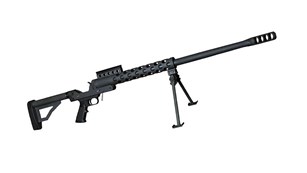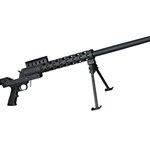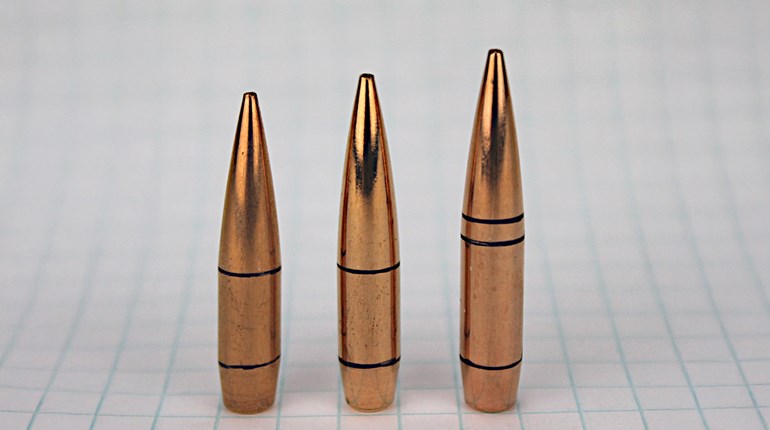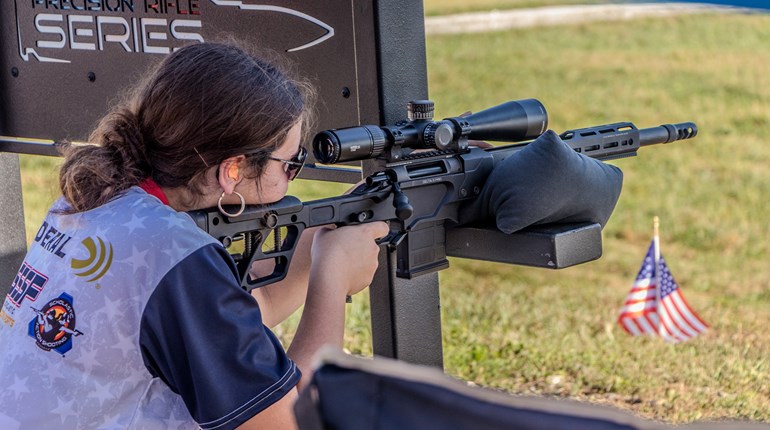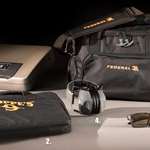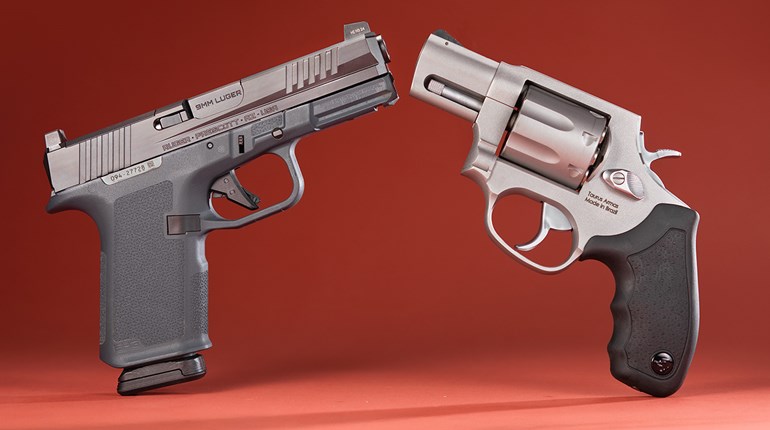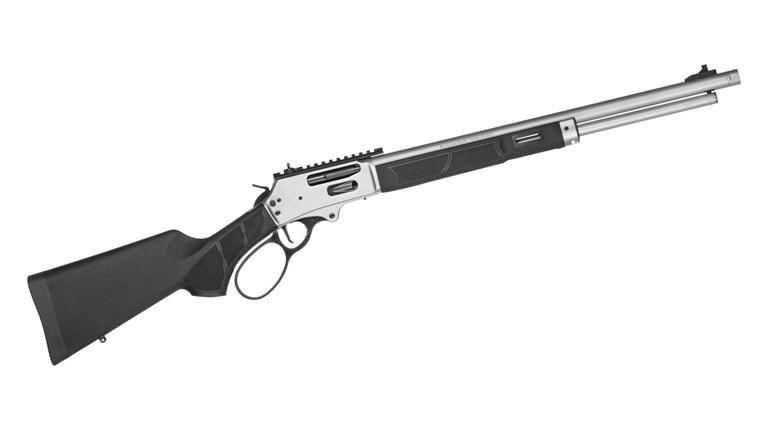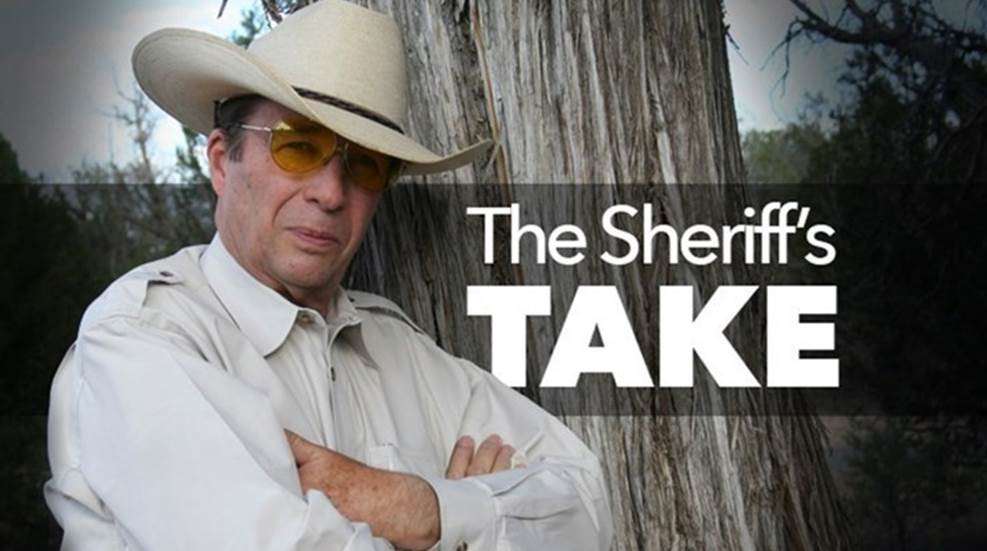
I once worked with an informant who had been shot twice in the body with a .44 Magnum during a drug deal that went sour. One bullet punched a lung without shredding it, and the other bullet just impacted muscle. As I recall, he said he was back on the street in about one month.
In contrast, I once worked a murder case where the victim was a 6-foot, 2-inch tall, 225-pound motel clerk. He was killed with one shot from a .25 ACP during an armed robbery. In his case, the bullet entered between two ribs and clipped one of the arteries closely connected to the heart. From examining the crime scene, it appeared that he pretty much dropped in his tracks.
And these are not isolated cases. The only way to stop a violent criminal, once the attack has started, is either to hit the central nervous system or cause immediate and severe blood loss. Notice that I used the word “stop” and not “kill.” Our goal as defensive shooters, if we can’t avoid a dangerous encounter, is to stop the attack as quickly as possible. If the criminal dies, that is unfortunate but it is the price he pays for his criminal ways. We want to stop the crook before any of the good guys get hurt whenever possible.
Therefore, bullet placement is more important than caliber selection (within reason). I would discard the smaller calibers because they might lack penetration or be more easily deflected by hitting bone. I would also avoid the really heavy, handgun-hunting calibers because their recoil makes fast, multiple shots difficult.
The defensive shooter is encouraged to practice giving multiple shots to the vital zone—the upper chest area—because it is an easier target than trying to tap the brain stem or spine. One should imagine that there is an 8- to 9-inch balloon in there and it is necessary to hit that balloon regardless of the angle or body posture that the attacker presents. It is a good idea to deliver several shots to that area and then get right back on target. If the attacker has not been stopped, it may be necessary to apply more shots to the area or try for a central nervous system hit.
Again, we avoid the conflict, altogether, if that is possible. When it is not, then we have to place our bullets so that the attacker will be stopped as quickly as possible. Just spraying bullets at the problem is not really a good idea. Placing bullets in a vital spot is what will get the job done.
Obviously, in the middle of a gunfight, it is not easy to be this precise. And that, my friends, is why we practice as much as we do.










